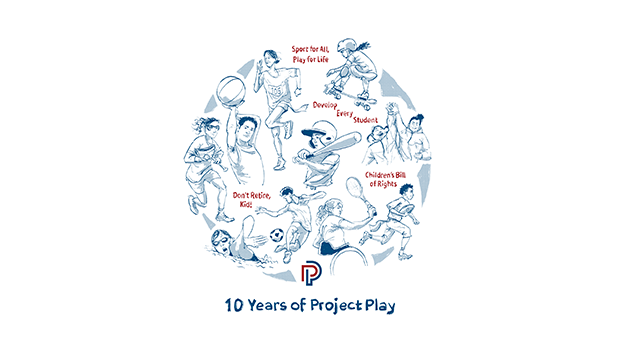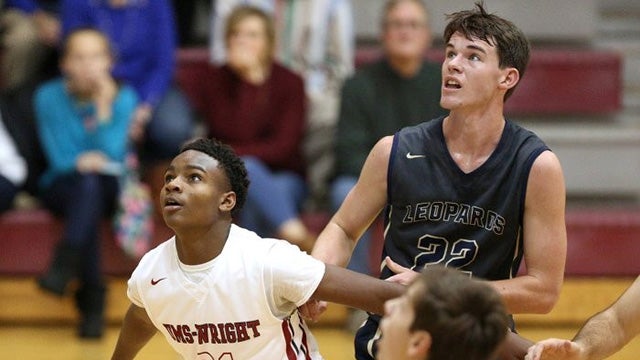More than 80 percent of parents said it is important to them that their children are regularly involved in sport, according to our household survey across Southeast Michigan, Western New York, and Greater Rochester and the Finger Lakes. So why does the same survey show fewer than one in five of their children actively play sports on a regular basis?
There is no one answer, of course. Whether a child has access to sport is influenced by a complex system of factors, ranging from quantity and quality of places to play and trained coaches; to diversity of available sports programs; to unique barriers facing girls, youth of color, youth with disabilities, refugee and immigrant youth, youth from low-income homes, and youth in urban and rural communities.
When we asked youth themselves why more youth weren’t playing sports, their answers ran the gamut.
- “There is some space around town, but no one wants kids playing around their stuff” – Rochester student
- “If you can’t get a ride or you don’t drive, you can’t play” – Pinckney, MI student
- “Kids don’t want to get hurt” – Warsaw, NY student
- “It costs too much” – Detroit student
- “The seasons overlap. If seasons were shorter, kids could play different sports” – Warsaw, NY student
The Aspen Institute Sports & Society Program’s State of Play reports for Southeast Michigan, Western New York, and Greater Rochester and the Finger Lakes are designed to address these and other barriers to sport for youth. Released this week, the reports are the nation’s first-ever analyses of how well a region’s stakeholders are serving the health needs of youth and communities through sports. More than 1,000 local adults and youth informed each of the three State of Play reports through interviews, roundtables, focus groups, and surveys. The reports feature original data on rates of sport participation, physical activity, and coach training. Each identifies 40 key findings, five major recommendations, one big “Game Changer” opportunity, and 24 sector-specific ideas that stakeholders can plug into. They also offer economic impact assessments if stakeholders can get more youth physically active.
The reports were produced in partnership with the Ralph C. Wilson, Jr. Foundation, Community Foundation for Southeast Michigan, Community Foundation for Greater Buffalo, and Rochester Area Community Foundation. A team of researchers at George Washington University served as primary investigators, with contributions from Sports Facilities Advisory, the Siena College Research Institute, and Johns Hopkins University’s Global Obesity Prevention Center, among others.
“The State of Play reports identify the challenges we face as a region, but more importantly, they also share the opportunities that all of us in the community – parents, educators, funders, and leaders – can pursue for improvement,” said David O. Egner, president & CEO of the Ralph C. Wilson, Jr. Foundation.
Sport providers and other stakeholders in each region gave themselves a grade of C+ when asked in an online survey how well they felt the region was doing in getting youth active through sport.
The Wilson foundation and community foundations said they will use the reports to inform grantmaking strategies and mobilize stakeholders to improve the quality and quantity of sports activity in each region. Starting in the fall, they plan to hold community roundtables to convene leaders, identify and scale bright light programs, and develop new partnerships.
The regions’ youth have already started that conversation:
- “Offer more sports to more kids” – Rochester student
- “Put out a survey to find out what kids like” – Dearborn, MI student
- “Have a league where the whole town can play” – Grand Island, MI student
- “What we need is a place to play indoors during the winter” – Grand Island, MI student
- “Let the big kids come in and help teach the little kids how to play” – Buffalo student
- “We need to play soccer more so that people from other countries can feel like they are part of the school” – Buffalo student
- “There needs to be even more funding” – Detroit student
These reports are just the starting line. You can stay up to date on the work that happens next.

